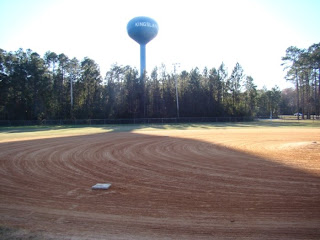 This is an awesome series! This book is a part of the Touring the Backroads series by Blair Publishing. There are several different titles available for both Carolinas, Georgia, Virginia, and Tennessee. Each book is divided into several tours based by area, and can be easily driven. the only downside is that the road names in the books can often differ from what actual signs say. For instance, the book may list road numbers, while local signs only have names. This can be remedied by a little advance research on an internet map site, but on the road it can be a challenge. The descriptions of the locations are usually good, with plenty of detail. The books are also quite nice in that they usually cover both major and minor sites, rather than just one or the other. This particular example has a specific disadvantage of only covering Revolutionary War sites, while other books cover other topics. Great for a topic specific study, but if you are just driving through and want to see many different things, you may have issues. Each book is written by a local expert, often someone with several other books to their name. Overall, these are the best books I have found for finding historic places easily. I highly reccomend them for anyone living in an area covered by one of them. The one above can be found on Amazon here and most of the others can be found here.
This is an awesome series! This book is a part of the Touring the Backroads series by Blair Publishing. There are several different titles available for both Carolinas, Georgia, Virginia, and Tennessee. Each book is divided into several tours based by area, and can be easily driven. the only downside is that the road names in the books can often differ from what actual signs say. For instance, the book may list road numbers, while local signs only have names. This can be remedied by a little advance research on an internet map site, but on the road it can be a challenge. The descriptions of the locations are usually good, with plenty of detail. The books are also quite nice in that they usually cover both major and minor sites, rather than just one or the other. This particular example has a specific disadvantage of only covering Revolutionary War sites, while other books cover other topics. Great for a topic specific study, but if you are just driving through and want to see many different things, you may have issues. Each book is written by a local expert, often someone with several other books to their name. Overall, these are the best books I have found for finding historic places easily. I highly reccomend them for anyone living in an area covered by one of them. The one above can be found on Amazon here and most of the others can be found here.Touring South Carolina's Revolutionary War Sites
Daniel Barefoot
Touring the Backroads Series
338 pages
1999 John F. Blair Publishing






















































